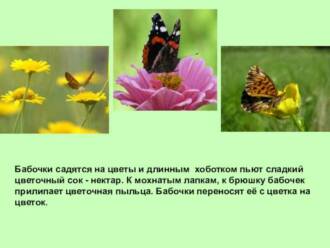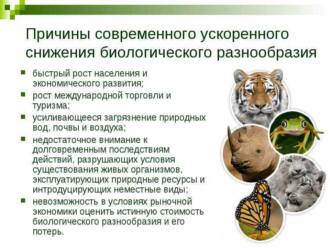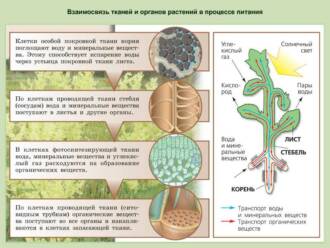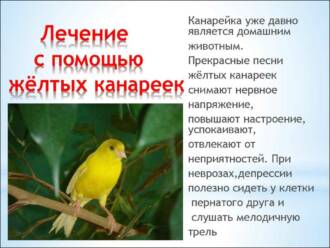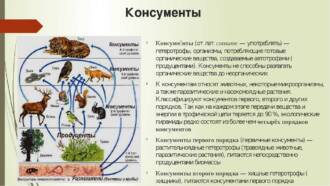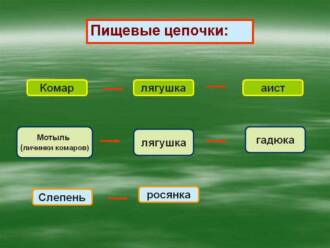
Butterflies and plants are two inextricably linked components of nature that play an important role in the planet's ecosystem. The interaction between them is of great importance for the preservation of biodiversity and the sustainability of ecosystems.
Plants and butterflies are in constant interaction, which includes both the feeding of plants by butterflies and the pollination of plants by butterflies. Butterflies are important pollinators of plants, carrying pollen from one flower to another, promoting their reproduction and diversity. Thus, they play an integral role in shaping the future of the plant world.
In addition, butterflies and plants interact in the field of protection. Plants produce chemicals such as toxins or pheromones that act as a defense against pests. Butterflies, in turn, develop strategies that allow them to bypass these plant defenses and get the food they need. Such interaction contributes to the balance and conservation of the ecosystem.
Butterflies and plants are an integral part of nature that show us the importance of interspecies interactions and their impact on the future of our planet. Without this key interaction, biodiversity and ecosystem sustainability are at risk.
Understanding the interaction between butterflies and plants allows us to better understand how nature works and create conditions for its conservation. Protecting and conserving butterflies and plants is a task we must take on in order to secure the future of our planet and preserve its unique wealth.
The role of butterflies in plant pollination

Butterflies play an important role in the pollination of plants, being one of the main pollinators. They are able to transfer pollen from one flower to another, providing the process of pollination and reproduction of plants.
Butterfly pollination carried out when visiting flowers to search for food or for reproduction. Butterflies are attracted to the scent and color of the flowers, as well as the nectar they use as food. While visiting a flower, a butterfly is accidentally smeared with pollen, which sticks to its body.
Then, when the butterfly moves to another flower, the pollen from its body falls onto the pistils of another flower, carrying out pollination. Thus, butterflies perform an important function in the distribution of plant genetic material and the maintenance of plant diversity.
Butterfly pollination also promotes the formation of fruits and seeds, which allows plants to reproduce and spread throughout the area. In addition, butterflies are also a source of food for other animals, which maintains the ecosystem and biological balance in nature.
The influence of butterflies on the diversity of the plant world
Butterflies play an important role in the diversity of the plant world. First, they act as pollinators, carrying pollen from one flower to another. When visiting a flower to search for nectar, butterflies accidentally collect pollen on their feet and then carry it to the next flower, helping to pollinate it. Thus, butterflies contribute to the reproduction of many plant species and the maintenance of their population.
Secondly, butterflies play an important role in the dispersal of plant seeds. When butterflies feed on nectar or plant sap, they accidentally collect microscopic seeds on their legs and bodies. Then, flying to other plants, they accidentally drop these seeds, helping them to spread and increase the area on which these plants grow.
In addition, some species of butterflies are the main predators in populations of harmful insects that attack plants. Butterflies-predators actively prey on caterpillars, larvae and eggs of pests, preventing their reproduction and reducing the level of damage to plants. In this way, butterflies contribute to the conservation and health of plants, which in turn affects the diversity and sustainability of the plant world.
Butterflies as an indicator of ecological balance
Butterflies are important indicators of ecological balance in natural ecosystems. Their abundance and diversity can serve as indicators of the state of the environment and the health of the ecosystem.
Some species of butterflies are sensitive to changes in environmental conditions and can react to adverse changes in the environment earlier than other organisms. Their presence or absence in a particular area may indicate the presence or absence of certain conditions, such as air quality, the presence of chemical contaminants, or the level of pesticide use.
Moreover, butterflies play an important ecological role in the distribution of plant pollen, which contributes to their pollination and reproduction. They are effective pollinators, transferring pollen from one flower to another, which helps to preserve the diversity of the plant world.
The study of butterflies and their interaction with the environment allows scientists to assess the state of natural ecosystems and take measures to preserve them. They can serve as indicators of ecological balance and help develop strategies for the protection of biodiversity and the sustainable use of natural resources.
Plant adaptations to the presence of butterflies

Butterflies play an important role in plant pollination, so many plant species have evolved special adaptations to attract these insects and ensure that their flowers are pollinated. One such adaptation is the change in flower color in plants.
Some plants develop bright and attractive flowers that attract the attention of butterflies. Flowers can be varied: from bright red and orange to purple and blue. This attracts butterflies and encourages them to visit these plants.
In addition, some plants have evolved special flower shapes that make it easy for butterflies to plant. For example, nectar grooves and spurs allow butterflies to easily reach the nectar, which is their food source. Such flowers offer attractive conditions for butterflies to pollinate and stimulate them to visit these plants.
In addition, some plants produce special pheromones and fragrances that attract butterflies. These scents may be subtle to humans, but they act as strong magnets for butterflies, drawing them to certain plants. Thus, plants use scents to attract butterflies and ensure pollination of their flowers.
Butterflies and plants in ecosystems
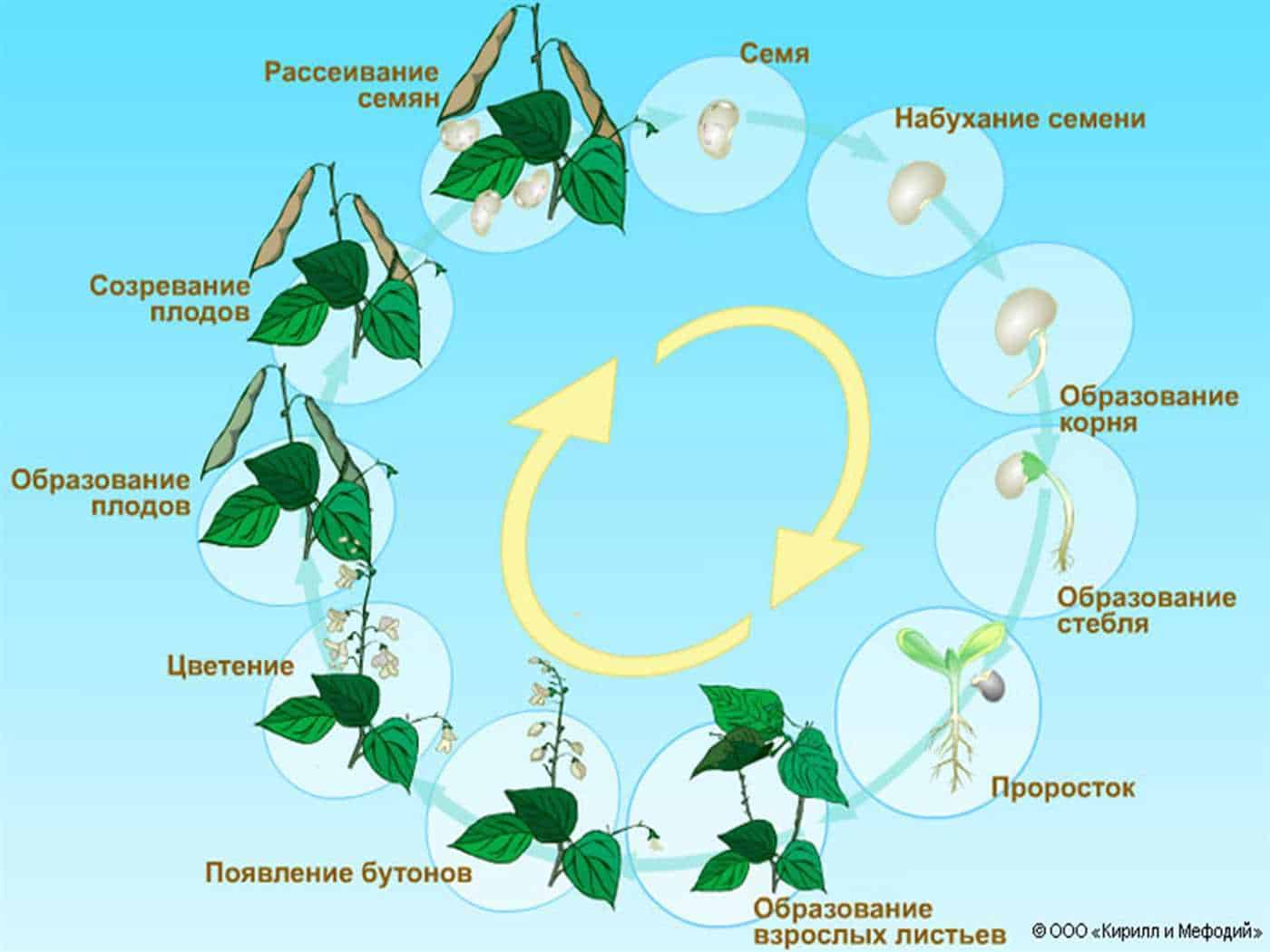
Butterflies and plants are important elements of ecosystems. They interact with each other, ensuring balance in nature and playing a key role in maintaining biodiversity.
Plants provide butterflies with food in the form of nectar, which serves as a source of energy for their life. Butterflies, in turn, perform an important function of plant pollination, transferring pollen from one flower to another. This contributes to the formation of fruits and seeds, which is the basis for plant reproduction.
Butterflies also play a role in the food chain. They serve as a food source for birds, lizards and other predators. Thus, butterflies are an important part of the food chain, maintaining the balance in the ecosystem.
The interaction between butterflies and plants has its own characteristics. Some plants develop special adaptations to attract butterflies, such as brightly colored flowers and sweet nectar. Butterflies, in turn, choose certain plants as their source of food or as a place to lay their eggs.
Butterflies and plants are interconnected and dependent on each other. Their symbiotic relationship contributes to the preservation of ecosystems and the maintenance of biological balance on our planet. Therefore, it is important to conserve their habitats and deal with threats such as loss of natural habitats and the use of pesticides to ensure favorable conditions for the existence of butterflies and plants.
Defense mechanisms of plants against butterflies
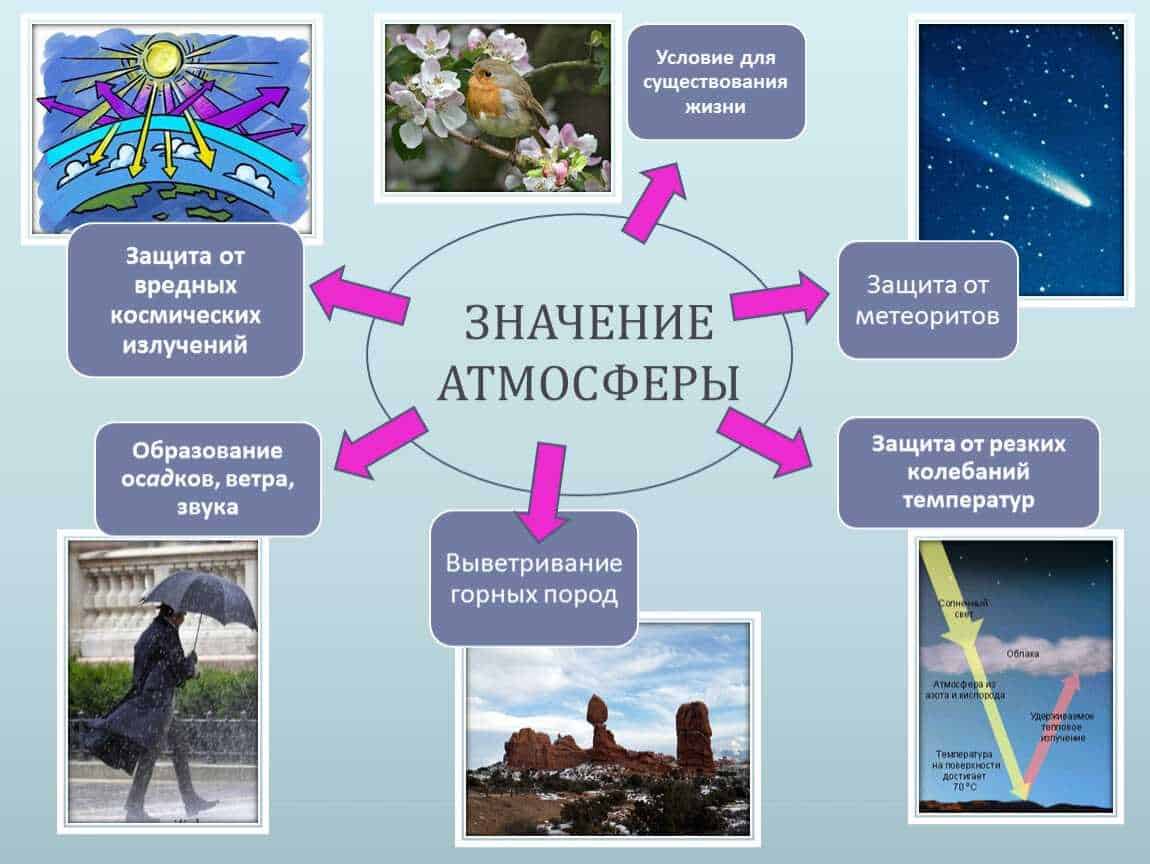
Plants have evolved a variety of defense mechanisms to protect themselves from moth attacks. These mechanisms allow plants to survive and maintain their viability.
Toxic Substances

Some plants produce toxic substances that repel butterflies. These substances can be poisonous to insects and disgust them. In this way, plants can protect themselves from becoming food for butterflies.
thorny surfaces
Some plants have thorny surfaces that serve as a physical defense against being eaten. Butterflies trying to reach leaves or flowers can be slowed down or damaged by thorny spines. This forces the butterflies to look for other food sources and ensures the survival of the plants.
Disguise
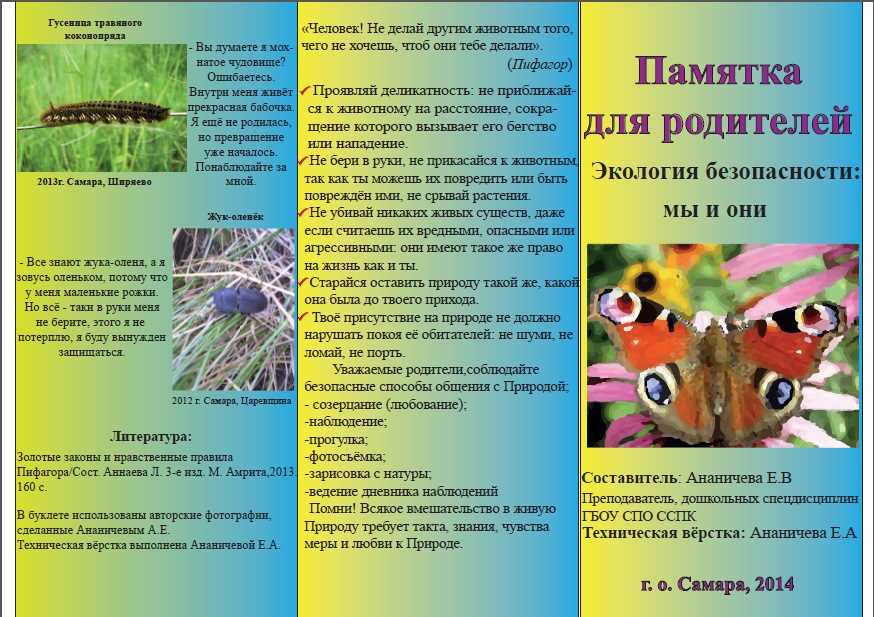
Some plants have special camouflage mechanisms that allow them to hide from butterflies. They can mimic the colors and shapes of their surroundings to make them invisible to insects. Such plants can be successfully protected from butterfly attacks, as insects cannot detect them.
In general, the defense mechanisms of plants against butterflies are an important factor in their survival. Through these mechanisms, plants can cope with the threats posed by butterflies and continue to play an important role in the ecosystem.
Interactions in the food chain: butterflies, plants and other organisms

Butterflies and plants are important participants in the food chain, the interaction of which has a significant impact on the ecosystem and biodiversity. Butterflies, in turn, play the role of pollinators of plants, transferring pollen from one flower to another. This process is an integral part of the reproductive system of plants and contributes to their reproduction.
Plants, in turn, provide butterflies with food and shelter in the form of leaves, flowers, and trunks. They also produce nectar, which serves as an energy source for butterflies. The interaction between butterflies and plants is based on mutual benefit: butterflies receive food and shelter, and plants have the opportunity to pollinate and reproduce.
However, interactions in the food chain are not limited to butterflies and plants. It also involves other organisms such as predatory insects and birds that feed on butterflies and their larvae. This creates a balance in the ecosystem and prevents over-breeding of butterflies and damage to plants.
In general, the interaction between butterflies, plants and other organisms is an important factor in maintaining biodiversity and ecosystem stability. The study of this interaction helps us to better understand natural processes and take measures to conserve and protect the environment.
Threats to Butterflies and Plants: Climate Change and Biodiversity Loss

Changing of the climate
One of the main threats to butterflies and plants is climate change. Global warming and extreme weather conditions such as droughts or floods are affecting the life cycle of butterflies and the ability of plants to pollinate. As a result, some species of butterflies and plants may have difficulty finding food or breeding partners, which may lead to their extinction.
Loss of biodiversity
The loss of biodiversity is also a major threat to butterflies and plants. Deforestation, industrial farming and land development lead to the loss of natural habitats and the destruction of ecosystems on which butterflies and plants depend. A decrease in the number and diversity of plants leads to a deterioration in the conditions for feeding and reproduction of butterflies, as well as a decrease in their chances of survival.
To cope with the threats of climate change and biodiversity loss, measures must be taken to conserve and restore the natural habitats of butterflies and plants. This may include the creation of nature reserves and national parks, the protection of unique species, and the development of sustainable farming and energy practices. Only by working together can we secure a future for butterflies and plants, which in turn will contribute to the conservation of biodiversity and the health of our planet.
The Importance of Conserving Butterflies and Plants for Future Generations

Butterflies and plants are inextricably linked parts of our planet's ecosystem. They play an important role in maintaining biodiversity and environmental sustainability. The conservation of these species is essential for future generations and for our own well-being.
Butterflies are fertilizers of plants, transferring their pollen from one flower to another. This process is called pollination and is key to plant reproduction. About 75% of flowering plants depend on pollination by butterflies and other insects. Without this important interaction, many plants will not be able to reproduce and survive.
Plants, in turn, are a food source for butterflies in their caterpillar stage. Without access to enough plant food, butterflies will not be able to go through their life cycle and reproduce. In addition, some species of butterflies are indicators of environmental quality. Their presence or absence may indicate the state of the ecosystem and the changes taking place in it.
However, modern human activities, such as destruction of natural habitats, pollution and the use of pesticides, have a serious impact on butterfly and plant populations. Many species are endangered. Therefore, it is important to take measures to conserve their habitats, reduce pollution and use sustainable agricultural practices.
Preserving butterflies and plants for future generations is a necessary step to conserve biodiversity and maintain environmental sustainability. This requires joint efforts on the part of society, governments and scientific organizations. Only in this way can we ensure the heritage of natural wealth for future generations.

